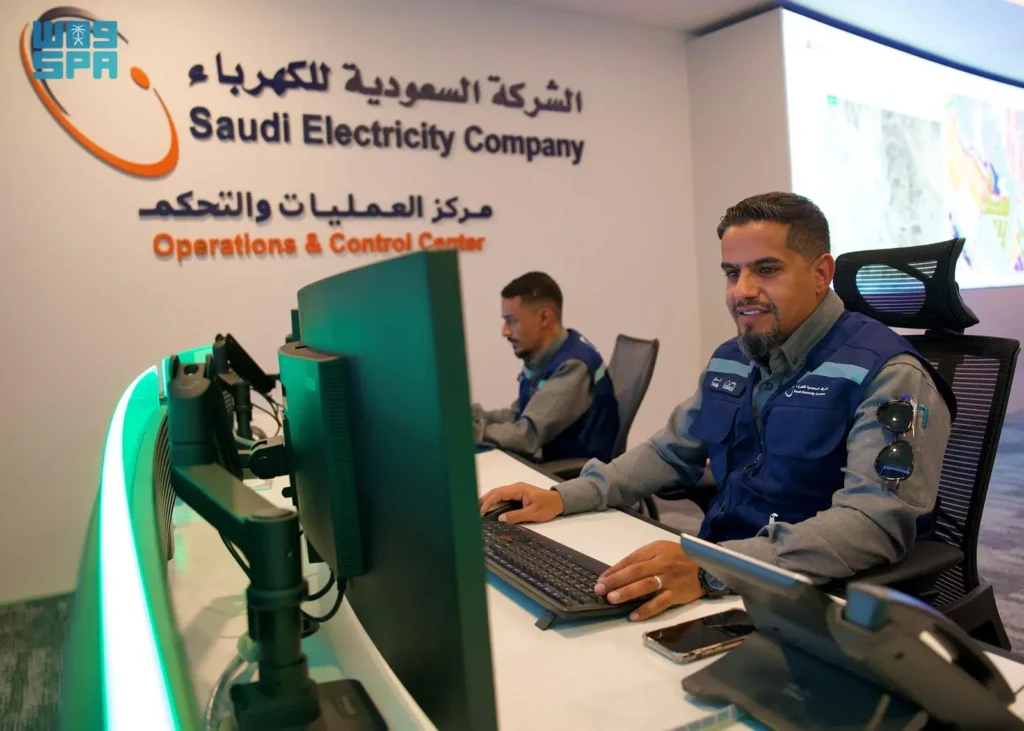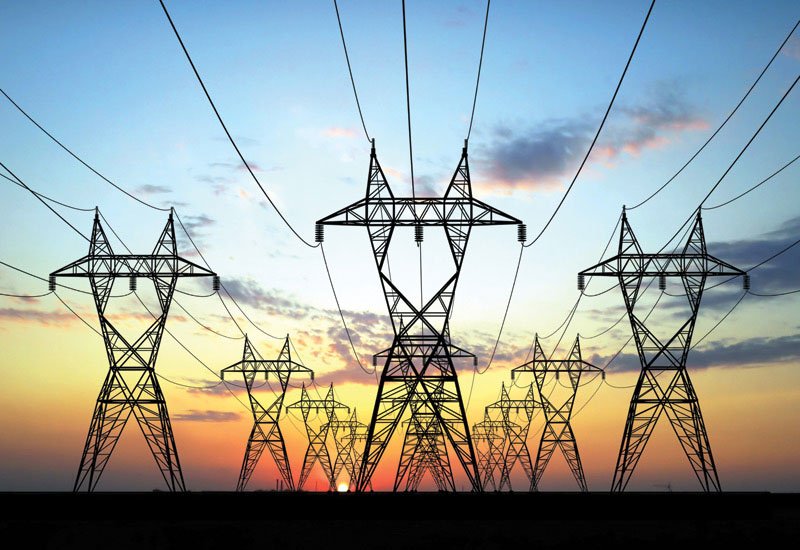The Saudi Electricity Company (SEC) has increased its power grid capacity for the Haj season by an impressive 75%, ensuring that millions of pilgrims will have a stable and uninterrupted electricity supply during one of the most significant religious events in the world.
This major infrastructure move is part of Saudi Arabia’s broader efforts to modernize its services and support the Kingdom’s Vision 2030. With the Haj pilgrimage bringing together over 2 million people in a short time, the pressure on public utilities, especially electricity, is enormous. The Saudi Electricity Haj grid upgrade aims to reduce risks of power failures and provide a seamless experience to pilgrims from across the globe.
Massive expansion in Makkah and the holy sites
The grid improvement includes the construction of 48 new electricity stations and the deployment of over 300 mobile power units. These have been strategically installed in Makkah, Mina, Arafat, and Muzdalifah—areas that witness the highest concentration of pilgrims.

According to SEC, the new additions add 1,500 megawatts to the existing system. This brings the total grid capacity to over 3,500 megawatts in the Haj region, ensuring that the essential services such as air conditioning, lighting, cooling systems, hospitals, and transportation networks continue operating without disruption.
Over 4,700 engineers and technicians on standby

To support the upgraded Saudi Electricity Haj grid, more than 4,700 engineers, technicians, and field workers have been stationed around the clock throughout the holy sites. The company has also set up emergency response units that can be activated instantly in case of any electrical fault or overload.
Moreover, SEC has coordinated with civil defense teams, health authorities, and municipal agencies to ensure that all infrastructure works are safe and comply with the latest standards. Workers have undergone extensive training to handle high-pressure scenarios during the Haj season, where demand for electricity spikes sharply.
Artificial intelligence and smart monitoring systems deployed
For the first time during Haj, artificial intelligence and real-time monitoring systems are being used extensively across the grid. These smart tools allow SEC to detect and fix problems before they escalate.
Using thermal cameras, sensor-equipped drones, and predictive maintenance software, engineers can locate issues in transformers, cables, or substations quickly. This technological edge has significantly reduced response times and prevented outages in previous test scenarios.
The Saudi Electricity Haj grid is now among the most advanced seasonal power infrastructures in the region.
A green Haj: More renewable energy and lower emissions
In line with global sustainability goals and Saudi Arabia’s own Green Initiative, the SEC has also integrated solar energy into its Haj power mix for the first time on a large scale.
Temporary solar panels have been installed in key logistics areas, powering camps, rest stops, and even medical tents. The switch to solar for these non-critical operations has helped reduce diesel generator use and cut down carbon emissions.
In total, the SEC estimates that this move will reduce carbon emissions by over 15,000 tonnes during the entire Haj period.
Why boosting the Saudi Electricity Haj grid is crucial
Each year, the Haj pilgrimage brings together Muslims from more than 180 countries, many of whom are elderly or require medical assistance. The need for round-the-clock air conditioning, refrigerated food storage, transport systems, and medical devices creates a unique energy challenge.
In 2024, the Haj saw power demand touch record levels, leading to minor disruptions in some zones. Learning from that experience, the SEC decided to proactively boost the grid by 75%, creating redundancy in the system to avoid future failures.
Officials say the boost ensures that even if one station fails, the load can be immediately transferred to another without affecting users.
Coordination with international and local partners
The Saudi Electricity Company has worked with several international contractors, consultants, and technology firms to complete the expansion in just under six months. Teams from South Korea, Germany, and the UAE played key roles in installing advanced transformers and fast-response battery units.
Locally, universities such as King Abdulaziz University and King Fahd University of Petroleum and Minerals contributed research and manpower, training hundreds of students to assist in grid logistics during the Haj.
Looking ahead: Power plans for future Haj seasons

The SEC says this is just the beginning. In its 2026 roadmap, the company plans to transition 20% of Haj power needs to renewable sources, introduce hydrogen-powered backup systems, and build permanent underground cables to reduce congestion in holy sites.
The Haj grid expansion is a pilot for wider efforts across the Kingdom, where similar strategies will be applied in Riyadh, Jeddah, and Neom. With climate change and urban growth pushing power systems to their limits, Saudi Arabia sees the Haj grid as both a technical challenge and a testbed for innovation.
Conclusion: A modern grid for a sacred journey
With the massive upgrade of the Saudi Electricity Haj grid, pilgrims can now focus on their spiritual journey with peace of mind, knowing that essential services like electricity will remain steady, safe, and sustainable.
The 75% boost reflects not only the Kingdom’s technical capacity but also its commitment to hospitality and operational excellence during the most sacred gathering in the Islamic world.
As more advancements roll out, Saudi Arabia continues to set a global benchmark for large-scale, high-pressure infrastructure management in religious tourism.
Read More: Kuwait Crude Oil Price Jumps to $65.24 After Market Shift













